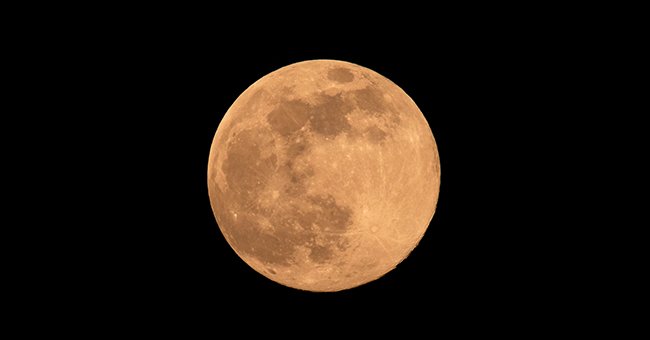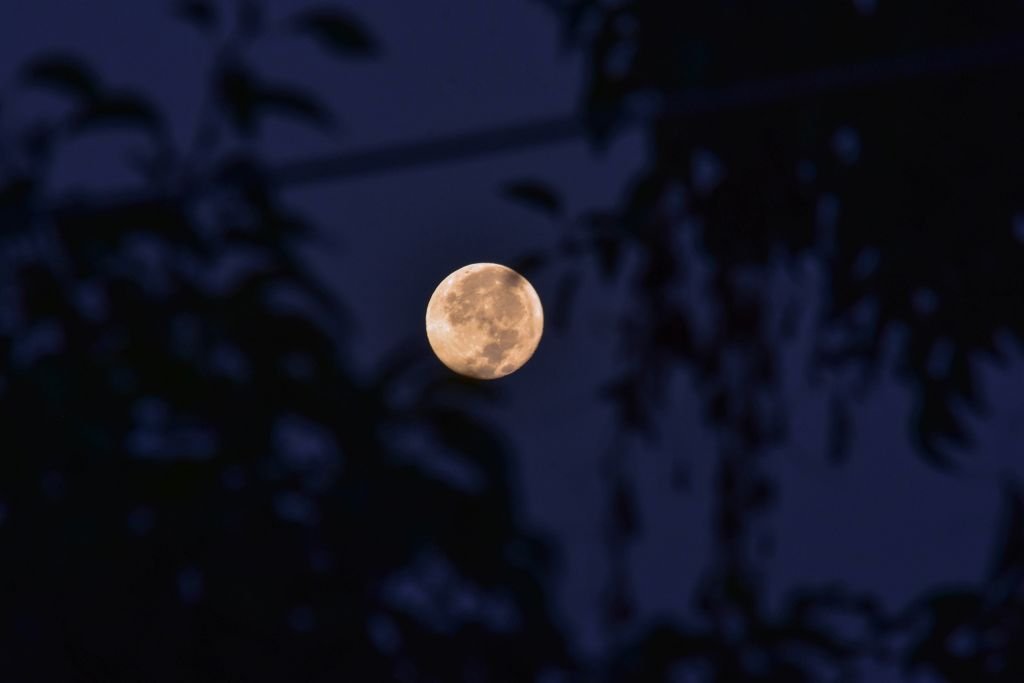
Next Full Moon Is the Harvest Moon — Here's How to Watch
NASA has revealed that the next full moon to appear will show up on October 1 and would be the Harvest Moon. The full moon would reportedly last for about three days.
October is bound to bring exciting times for lovers of Astrology in the Northern Hemisphere as the long-awaited Harvest Moon is finally here with lots of exciting details.
According to reports by NASA, the next full moon to appear is the Harvest Moon. The Harvest Moon is known as the full moon which took place closest to the autumnal equinox.

The Harvest Moon that occurs every September, and aligns with the Autumnal Equinox was captured on September 26, 2018 | Photo: Getty Images
Given that this year’s autumnal equinox happened on September 22, the closest full moon to it will reportedly appear on October 1 at 5:05 p.m. EDT. The moon is set to appear for three whole days from Wednesday morning to Saturday morning.
The Harvest Moon isn’t the only astronomical occurrence in the month as the Blue Moon is set to appear on October 31.
The remarkable phenomenon in the astronomical calendar gets its unique name from the longtime tradition of farmers using the light of the moon to gather their crops.
Usually, the annual Harvest Moon happens in September, but due to the peculiarities of the year 2020, this one falls in October. As a result of its varied significance in various cultures, the Harvest Moon goes by different names.
The Maine Farmer’s Almanac which is now northeastern America calls the October full moon, the Travel Moon, the Dying Grass Moon, or the Sanguine or Blood Moon.
However, across some Asian countries, this full moon is called the Chinese Mid-Autumn, Mooncake, or the Reunion Festival Moon because it aligns with the Mid-Autumn Festival.
According to reports, the Harvest Full Moon has an orange hue when close to the horizon because its light passes through more layers of the atmosphere.
The Harvest Moon isn’t the only astronomical occurrence in the month as the Blue Moon is set to appear on October 31. The other remaining full moons for the rest of the year are the Beaver Moon on November 30, and the Cold Moon on December 29.
According to astrology, the moon, which is considered as a planet, is responsible for having effects on our mood and energy levels.
While in media, the full moon is often attached to chaos and trouble as seen in the instances of people turning to werewolves, the reverse is the case.
The cosmic energy suggests that the full moon is a time of illumination, not only literally but figuratively as it helps to bring clarity to the mind. The full moon also brings with it a burst of energy and is usually a great time to start new ideas, projects, or habits.
